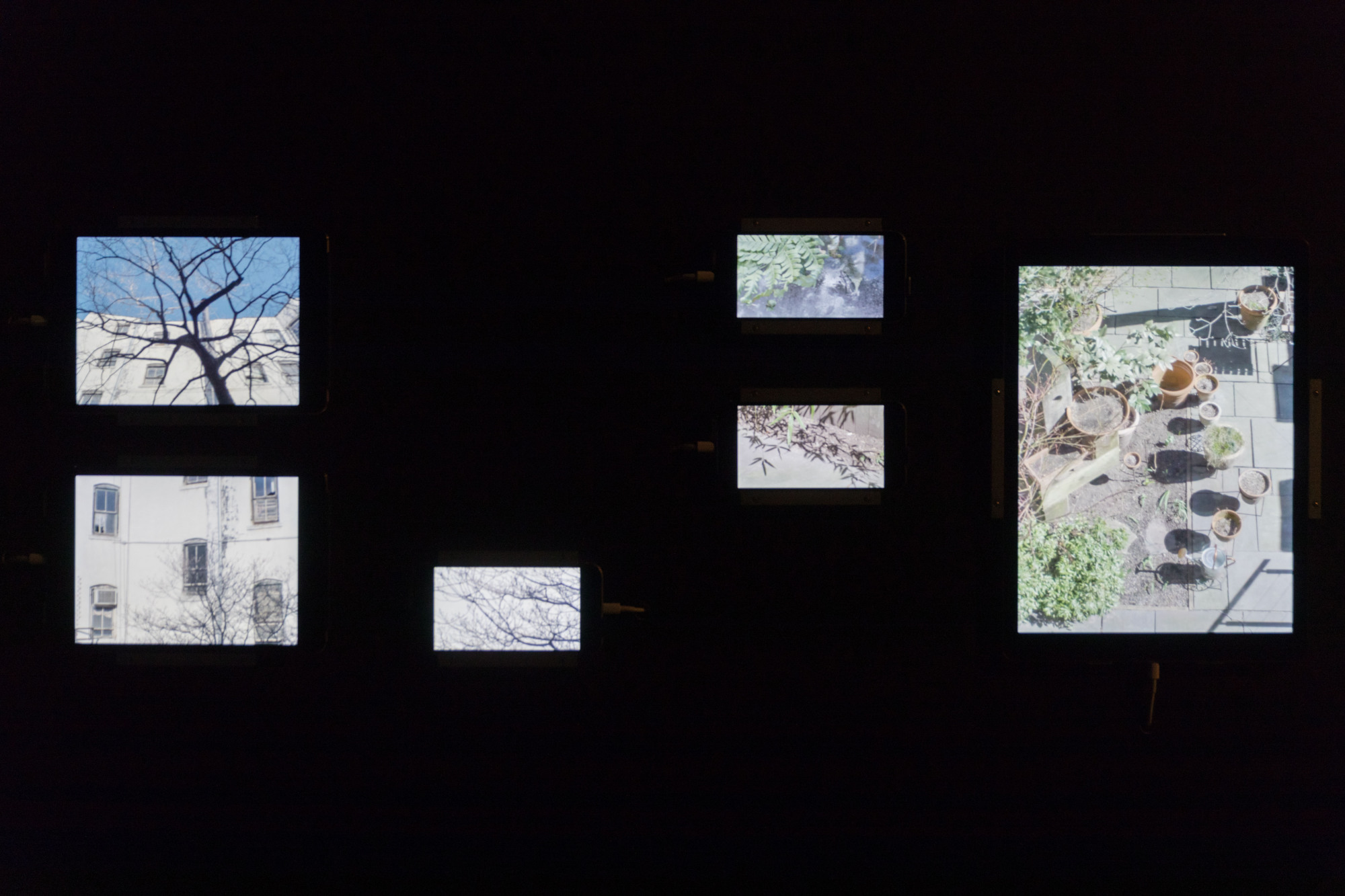How has Ryuichi Sakamoto been able to harness melancholy so skillfully? How has he created such desperately sad music, and then managed to get up in the morning and do it again and again, over several decades?
Perhaps the beauty and delight of the journey to and from that particular wellspring is enough to keep the 65-year-old musician going. The exhibition "async" at the Watari Museum of Contemporary Art is an amalgamation of tracks from Sakamoto's latest solo album, from which the exhibition takes its name, and visual material contributed by artists Neo Sora and Albert Tholen (who work together under the moniker Zakkubalan), Apichatpong Weerasethakul and Shiro Takatani. The content of the various video material is tightly focused, but in combination with the diversity of moods evoked by the music, it's possible to travel great emotional distances in the smallest of details.
Sakamoto's album, which comes after a long break, which included being diagnosed with throat cancer, was conceived as a soundtrack to an imaginary film, and Sakamoto uses the poem "And this I dreamt, and this I dream" by Arseny Tarkovsky (1907-89), father of filmmaker Andrei Tarkovsky, as spoken word in the album and printed text in the exhibition.



